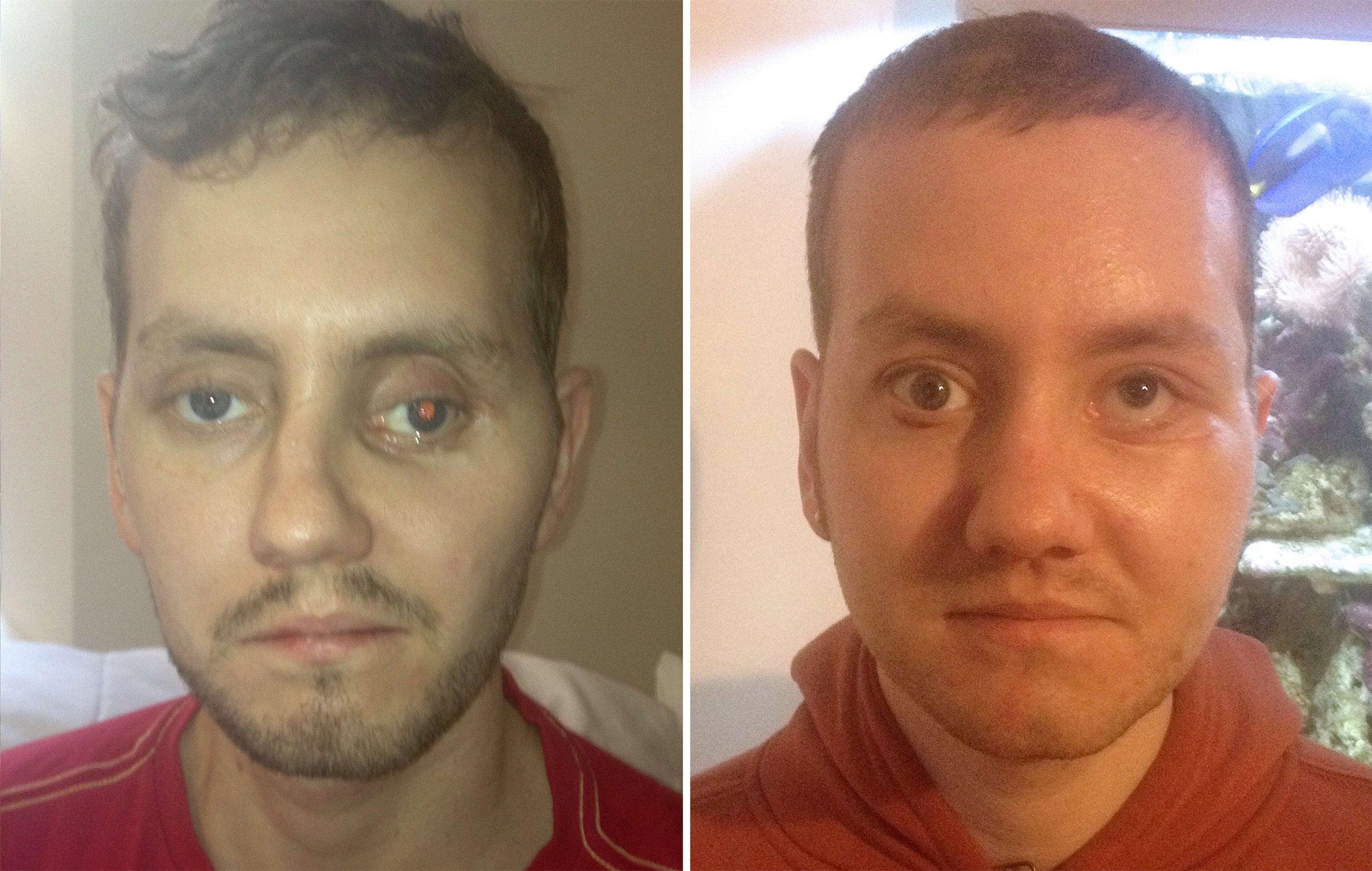Pioneering 3D printing used to rebuild British man's face
Stephen Power suffered serious facial disfigurement after a motorcycle accident

Your support helps us to tell the story
From reproductive rights to climate change to Big Tech, The Independent is on the ground when the story is developing. Whether it's investigating the financials of Elon Musk's pro-Trump PAC or producing our latest documentary, 'The A Word', which shines a light on the American women fighting for reproductive rights, we know how important it is to parse out the facts from the messaging.
At such a critical moment in US history, we need reporters on the ground. Your donation allows us to keep sending journalists to speak to both sides of the story.
The Independent is trusted by Americans across the entire political spectrum. And unlike many other quality news outlets, we choose not to lock Americans out of our reporting and analysis with paywalls. We believe quality journalism should be available to everyone, paid for by those who can afford it.
Your support makes all the difference.A British man has made history after undergoing ground-breaking surgery to reconstruct his face using a series of 3D printed parts.
Stephen Power, from Cardiff, who suffered serious facial disfigurement after a motorcycle accident, is one of the first trauma patients in the world to have 3D printing used at every stage of a procedure.
The 29-year-old sustained two broken arms and his right leg was so badly damaged it required a bone graft after he was involved in a crash in September 2012. He also suffered fractured cheekbones and eye sockets and his upper jaw and skull were smashed.
But now the former barman says he will no longer have to “hide away” after his facial injuries were rectified thanks to pioneering 3D technology.
Surgeons carried out an eight-hour operation at Morriston Hospital in Swansea where staff had spent months creating CT scans and producing a 3D model of Mr Power’s skull.
This allowed them to ascertain how best to reassemble his shattered left cheek and eye socket and restore the symmetry of his face.
The team had to re-fracture Mr Power’s cheekbones before remodelling his face and then used custom printed models, guides, plates and implants to repair the injuries. A medical-grade titanium implant, printed in Belgium, was then used to hold the bones in their new shape.
“It is totally life-changing,” Mr Power said. “I could see the difference straight away the day I woke up from the surgery.”
Maxillofacial surgeon Adrian Sugar says the 3D printing removed the element of guesswork that is usually involved in reconstructive work.
“I think it’s incomparable – the results are in a different league from anything we’ve done before,” he said. “It allows us to be much more precise.”
Mr Power’s operation is featured in an exhibition called 3D: printing the future at London’s Science Museum.
Having used a hat and glasses to mask his injuries before the operation, Mr Power has said the surgery has left him feeling more confident.
“I’m hoping I won’t have to disguise myself – I won’t have to hide away,” he said.
“I’ll be able to do day-to-day things, go and see people, walk in the street, even go to any public areas.”
Join our commenting forum
Join thought-provoking conversations, follow other Independent readers and see their replies
Comments